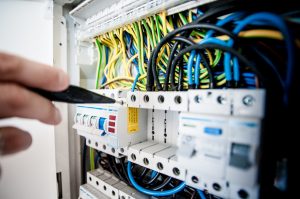Welding is a hands-on job that requires a good amount of technical knowledge.
One very important term that you will be introduced to during your studies is “welding current”.
There are 2 types of currents, AC and DC, which are labeled on the welding machines and electrodes, as well as the polarity.
Let’s take a closer look at why do electrical currents and polarity in welding?
Why is Polarity Important in Welding?
When you turn on the electrical circuit it can create negative and positive polarity.
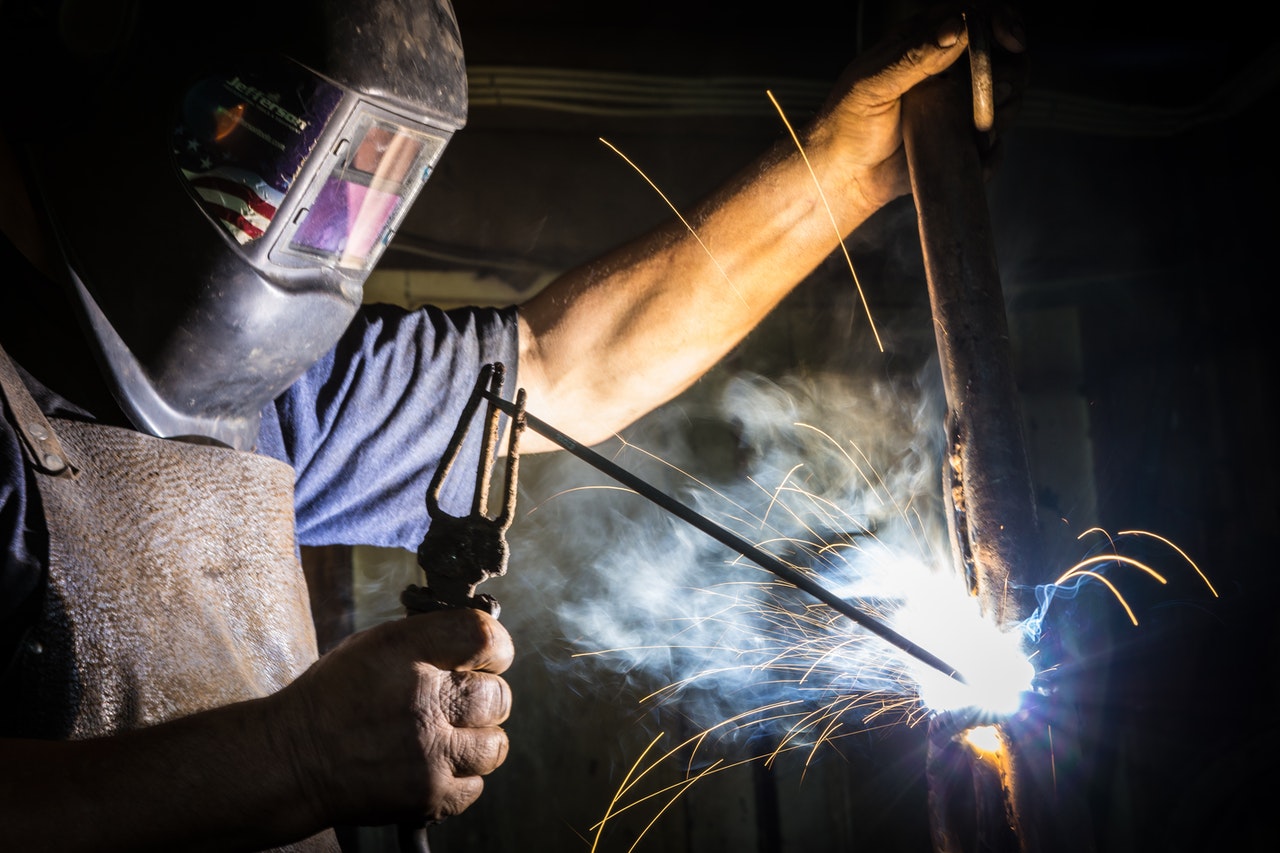
Choosing the right polarity affects the strength and quality of the weld because polarity matter greatly.
The wrong polarity will lead to lots of spatter on the welding arc, as well as bad penetration, and a lack of control.
Straight and Reverse Polarity in Welding
For “electrode-negative” and “electrode-positive” are “straight” and “reverse” are common terms for polarity too.
In deeper penetration welding currents with electrode-positive(reverse) is a polarity result, on faster deposition rate polarity has the benefit of faster melt-of on electrode-negative(straight).
On the weld, different shielding gases may further affect it as well.
What are AC and DC?
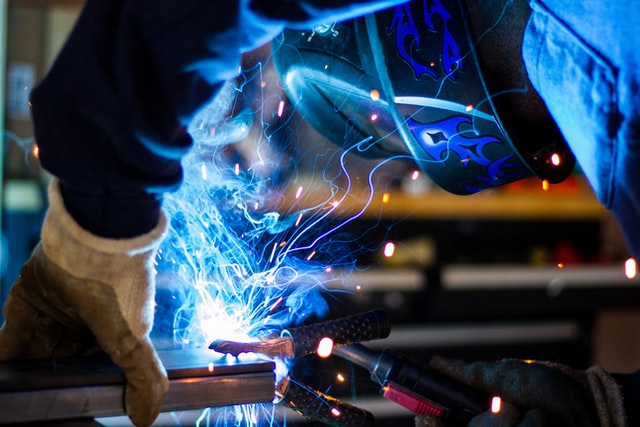
AC and DC or “alternating current” and “direct current” is an abbreviation meaning.
The latter flows in only one direction while the former alternates the direction of its flow.
Those who labeled it “AC” change polarity 120 times per second with a 60-hertz current whereas welding machines and electrodes labeled “DC have constant polarity.
Testing Your Polarity
Using a Carbon Electrode to Determine Polarity
- Position flat and clean the base metal.
- On a grinding wheel shape, the points of the two carbon electrodes, running identical a gradual tape back 2 or 3 inches from the arc tp.
- Close to the tape grin one electrode in the electrode holder.
- Amperage at 135 to 150
- Modify to either polarity
- Hold for a short time (use shield) and strike an arc. Affording an observation of the arc action changes the arc length from short to long.
- Look at the arc action. The polarity when is negative (straight) stable will be the arc, uniform, easy to maintain, and conical in shape. It is positive polarity reverse will be difficult to maintain and you will leave a black carbon deposit on the surface base metal.
- Hold for a similar length of time, strike an arc with the other electrode change the polarity. Look at the arc action as before.
- Of the two electrodes examine the ends and compare. Keeping its shape, the negative polarity will burn off evenly. It will burn quickly if the electrode was used on positive polarity.
Determine the Polarity of a Metallic Electrode.
- Position flat and clean the base metal
- Amperage at 130 to 145 for 5/32” electrode
- Look to either polarity
- Strike an arc, standard electrode angle holds normal arc length and run bead
- Hear the sound of the arc. With normal arc length and amperage is current polarity, you will hear a regular “crackling” sound, the wrong polarity with normal arc and length amperage setting will reproduce irregular “popping” and “crackling” with an unstable arc.
- Run another bead and adjust to the other polarity.
- Repeat until you can quickly recognise the correct polarity
The Difference of AC and DC in Welding?
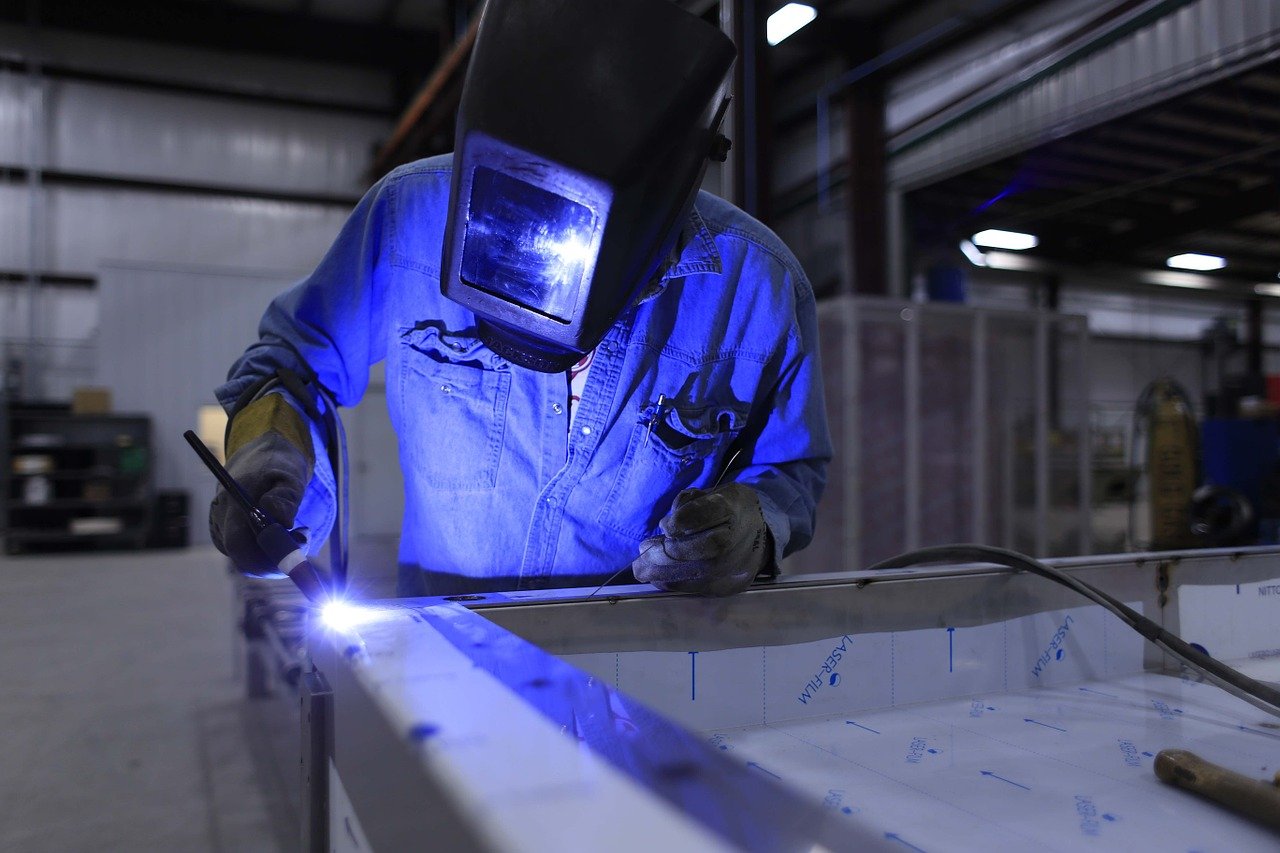
In Shielded metal arc welding (SMAW), DC is used commonly, because it provides many benefits.
With DC you can create a stable arc and smoother weld, plus you can easily strike the arc, there is less spatter and fewer arc outages, less complicated is vertical up and overhead welding.
AC can be the preferred choice for welding while training students, however is frequently used with low-cost and entry-level welding machines.
The arc mat blow from side to side, also AC is common in building ships, welding, or any conditions.
Negative and Positive Polarity (DC) in Welding
Electrode-negative or electrode-positive polarity is not only about the welding current.
A higher deposition rate and less penetration have DC negative polarity while DC positive polarity allows for a high level of penetration into the steel.
In the middle of DC positive and DC negative polarity, AC is half positive and half negative on welding properties.
In repair work on rusty metals, some welders choose AC if they want to avoid deep penetration.
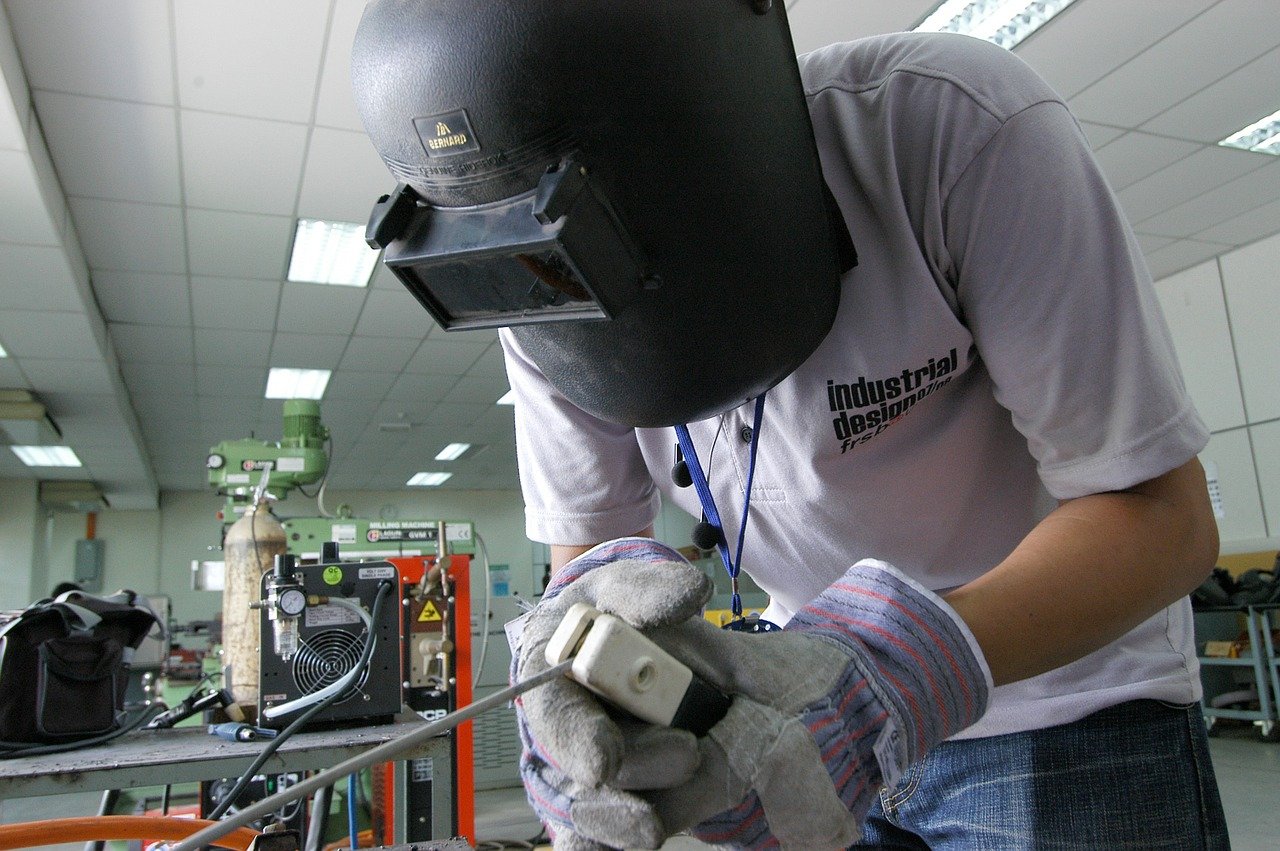
To do a great job as a welder understanding and learning about the types of current and polarity is important.
In fact, without knowing them you won’t be able to deliver a good job as a welder.
So, make sure you pay attention during your training and learn and understand them well.

